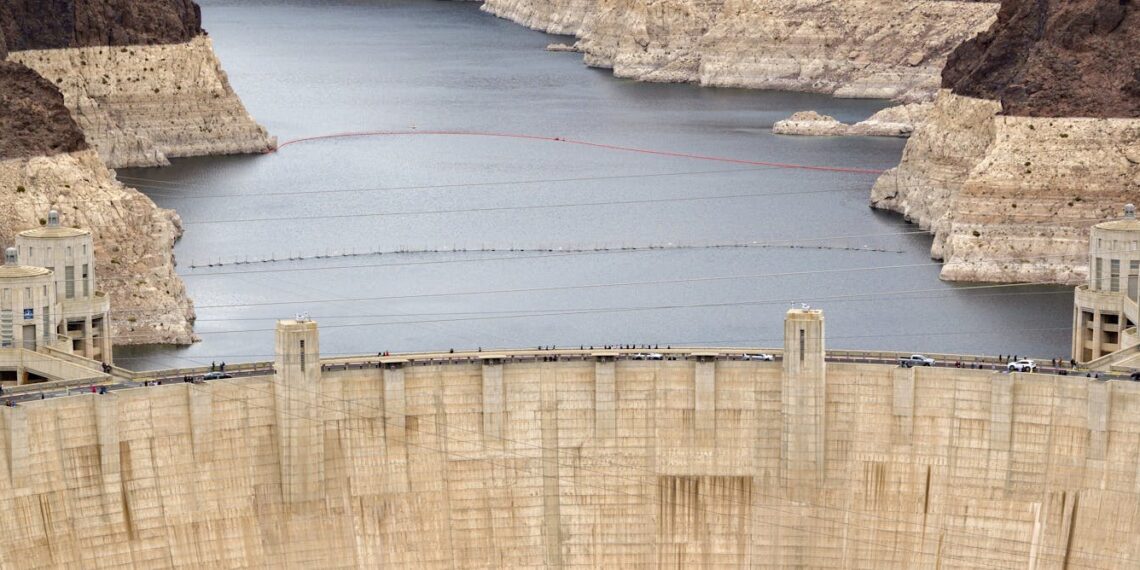Login to Continue Learning
Nuclear microreactors could power entire towns while taking up the space of a football field. However, decades of fraught relationships between the nuclear industry and communities in many parts of the U.S. mean that building these tiny reactors requires addressing complex history and rebuilding public trust.
Microreactor technology hasn’t been developed yet for use in towns or cities, but researchers are making a strong case for its potential benefits. For example:
– College campuses could benefit from reliable electricity.
– Remote communities in Alaska powered by oil and diesel might find clean energy solutions.
– Tech companies need dependable power for AI data centers.
– Companies require high-temperature heat for manufacturing processes.
– Mining operations can use clean energy sources.
– Military bases could secure their energy supply.
As a nuclear engineer, I’ve explored the potential of nuclear microreactors. My research focuses on some of the questions that come with placing miniature reactors near communities.
### Microreactors: A Brief History
Nuclear microreactors are both new and old. In the 1940s and ’50s, the American military and government began developing small reactors for submarines and spacecraft. After these missions, the nuclear industry’s focus shifted to power reactors, scaling up from tens of megawatts to gigawatt-scale systems.
Today, engineers deliberately design microreactors to be small because they are learning about the underlying physics and engineering. Unlike small modular reactors, which are scaled-down versions of large reactors, microreactors would have a power capacity under 20 megawatts.
### Manufacturing and Cost
Because they’re small, microreactors wouldn’t require massive, multiyear construction projects like large nuclear power reactors. Several units could be assembled in a factory each year and shipped to their final destinations by truck or barge.
However, building factories to produce these microreactors is a significant undertaking. Without orders, technology developers are unlikely to invest in factories. Yet, future users will wait until initial units are built before placing orders.
It’s a catch-22: without orders, developers are hesitant to build factories; and without factories, users won’t place orders. Government funding for building demonstration projects could help resolve this issue.
### Today’s Microreactors
Microreactors use various reactor technologies and combinations of nuclear fuels and coolants. Some reactors, like submarine propulsion reactors, are pressurized water reactors similar to most large-scale power plants. Others resemble small reactors in spacecraft, while others make use of previously attempted fuel and coolant combinations in larger reactors.
By being significantly simpler, microreactors are more predictable and safer than the complex systems of large reactors. They have fewer points of failure and are easier to study and understand, making them inherently safer.
### Siting Microreactors
Although the Department of Energy oversees microreactor demonstration projects, commercial deployment requires approval from the U.S. Nuclear Regulatory Commission, which could take several years. Several designs are now in early stages of review.
Large reactors have designated emergency planning zones extending 10 and 50 miles around them, requiring different levels of preparation and protection. Microreactors may have reduced emergency planning zones that extend only to their site boundaries or a few hundred meters beyond.
### Public Engagement
Public engagement is crucial for the success of microreactor projects. My research suggests that communities are more receptive if developers work with them to understand hopes, concerns, and priorities. Without community input, residents will likely push back against nuclear facilities.
In discussions with southeast Michigan community members, my team has seen interest in designing these small energy facilities as features easily accessible to local residents. Community members have proposed shared spaces, recreational facilities, onsite visitor centers, public art projects, and science museums.
Microreactors could become as ubiquitous as solar panels and windmills, potentially powering rural towns just like submarine reactors power small underwater communities. However, the acceptance of such technology by communities is contingent on how effectively developers engage with them.



















